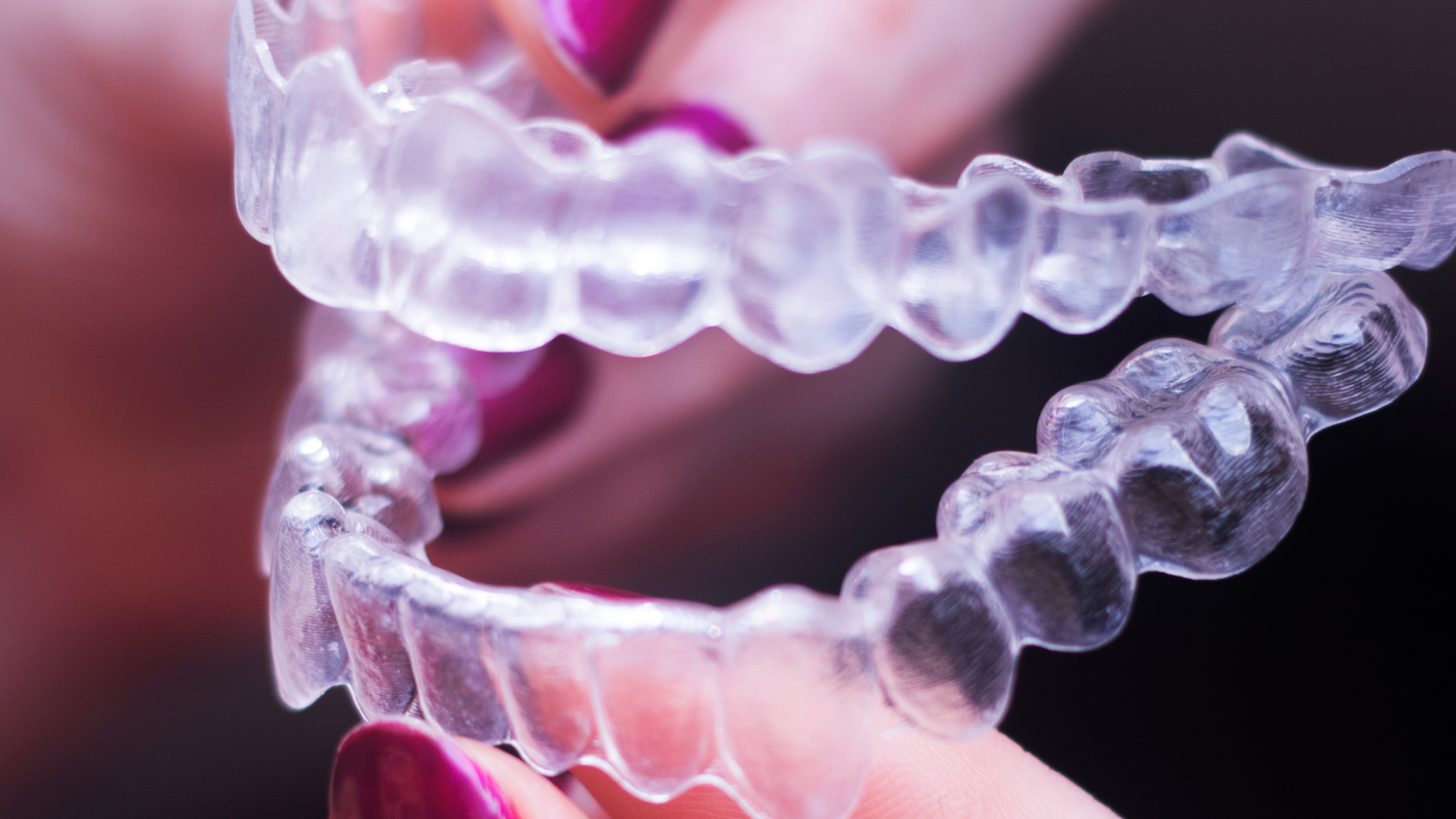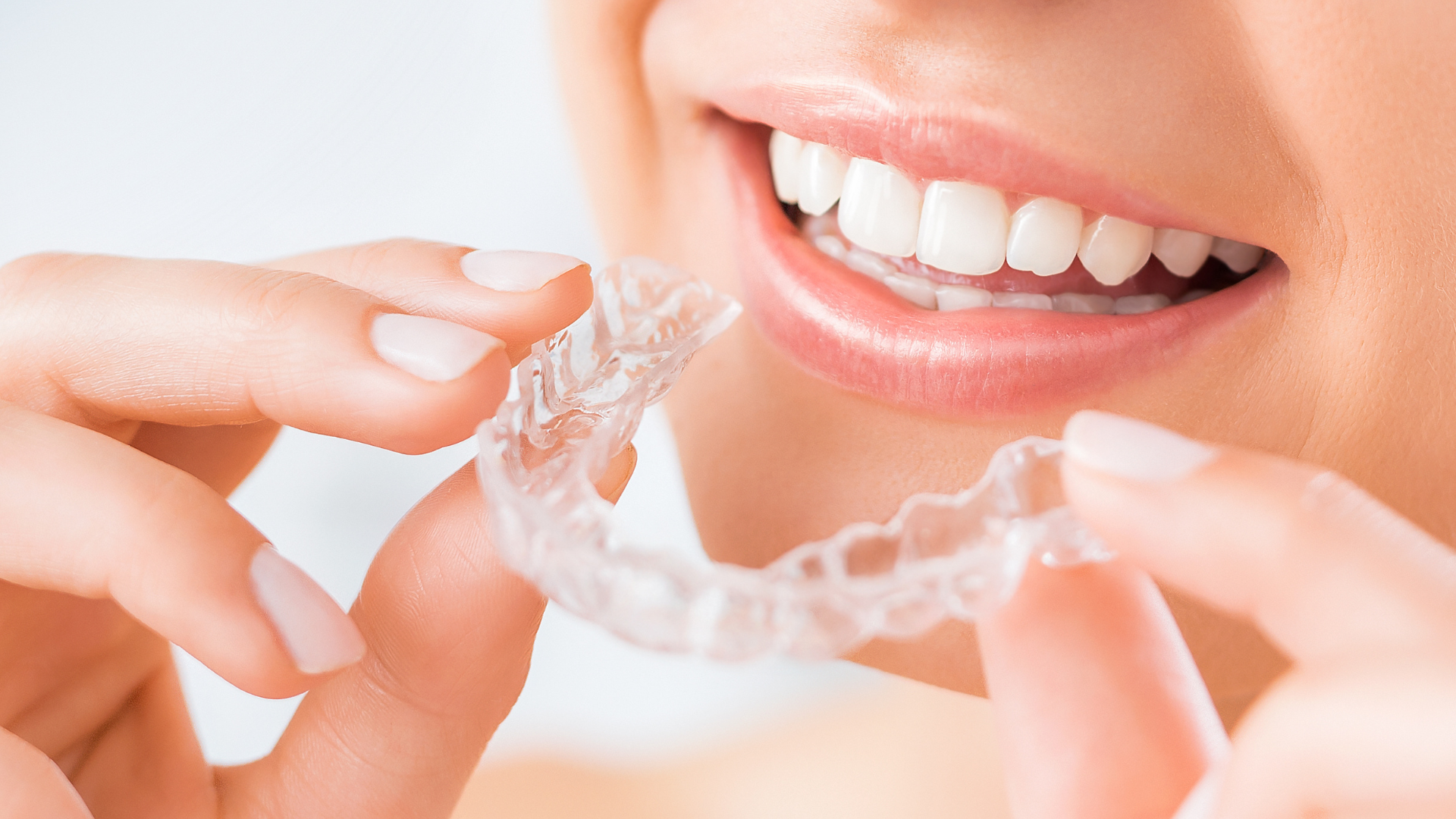Does Dental Insurance Cover Invisalign? Financing Your Smile
Understanding Invisalign and Its Growing Popularity
Invisalign has revolutionized orthodontic care, offering a clear, comfortable, and discreet alternative to traditional metal braces. These custom aligners gradually move your teeth into their ideal positions while allowing you to maintain a natural look throughout treatment. However, one of the most common questions people ask is whether dental insurance covers Invisalign. The answer depends on your provider, your specific plan, and how your insurer classifies orthodontic treatment.
The Basics of Dental Insurance Coverage
Dental insurance typically focuses on preventive and restorative care—such as cleanings, fillings, and crowns—rather than cosmetic treatments. However, many modern plans now include orthodontic coverage for both teens and adults. Invisalign often falls under this category, but coverage levels can vary widely. Before starting treatment, it’s crucial to review your plan’s details and understand any limitations or pre-approval requirements.
Is Invisalign Considered Cosmetic or Orthodontic?
One reason for confusion about insurance coverage is that Invisalign can serve both cosmetic and medical purposes. While improving the appearance of your smile, Invisalign also corrects bite issues, overcrowding, and alignment problems that affect oral health. Because of this dual function, many insurance providers treat Invisalign as a form of orthodontic treatment, making partial coverage more likely—especially when it addresses functional issues rather than purely aesthetic concerns.
How Much of Invisalign Does Insurance Cover?
Most dental insurance plans that include orthodontic benefits cover a portion of Invisalign treatment—usually around 25% to 50% of the total cost, up to a lifetime maximum. For example, if your plan has a $2,000 lifetime orthodontic benefit, that amount can be applied toward Invisalign. The remaining balance would be your responsibility. Keep in mind that this limit typically applies to all orthodontic work, not just Invisalign, meaning it won’t reset for future treatments.
Verifying Your Invisalign Coverage
To find out if Invisalign is covered by your insurance, contact your provider directly or ask your dental office for assistance. Most dental offices are experienced in navigating insurance policies and can help you get a clear estimate. Ask specific questions, such as:
- Does my plan include orthodontic coverage for adults?
- Is Invisalign included under that coverage?
- What is my lifetime orthodontic maximum?
- Do I need pre-authorization before starting treatment?
Understanding these details helps avoid surprise expenses later on and ensures that you maximize your benefits.
What If Your Insurance Doesn’t Cover Invisalign?
If your dental insurance does not cover Invisalign or offers only limited benefits, don’t worry—there are other ways to make treatment affordable. Many dental practices offer flexible payment plans, allowing you to spread the cost over several months. Some also partner with financing providers like CareCredit or offer in-house payment options with low or no interest. Investing in your smile shouldn’t feel financially overwhelming, and many practices prioritize accessibility to help patients achieve their goals.
Using an HSA or FSA for Invisalign
Another smart way to manage Invisalign costs is by using a Health Savings Account (HSA) or Flexible Spending Account (FSA). These accounts let you set aside pre-tax dollars to cover qualified medical and dental expenses—including orthodontic treatments like Invisalign. Depending on your tax bracket, this approach can save you a significant amount of money while helping you budget more effectively for your care.
Comparing Invisalign Costs to Traditional Braces
While Invisalign tends to cost slightly more than traditional braces, the difference often reflects its comfort, convenience, and discretion. Most Invisalign treatments range from $3,000 to $8,000, depending on complexity, duration, and your geographic location. Traditional braces may be slightly cheaper, but Invisalign’s removable nature and shorter treatment times often make it the preferred choice for adults and teens who want to maintain a professional appearance.
Maximizing the Value of Your Treatment
To get the most out of your Invisalign investment, follow your dentist’s instructions closely. Wear aligners for at least 20–22 hours per day, maintain good oral hygiene, and attend all checkups as scheduled. Doing so helps avoid unnecessary delays and ensures you get the full benefit of your treatment. Remember, Invisalign doesn’t just straighten teeth—it enhances confidence, improves oral health, and contributes to long-term well-being.
The Long-Term Value of Your Smile
While the upfront cost of Invisalign may seem significant, the long-term benefits are well worth it. Straight teeth are easier to clean, reducing your risk of cavities and gum disease. Proper alignment also relieves strain on your jaw and prevents uneven wear on your teeth. Viewing Invisalign as an investment in your oral and overall health helps you appreciate its true value—not just its cosmetic appeal.
Additional Resources
For more helpful insights, check out our related blog: What Can You Eat with Invisalign? A Guide for Clear Aligner Users. You might also like Maintaining Your Invisalign: Tips for Optimal Results to learn how to protect your investment and keep your aligners clean and effective.
Final Thoughts
Navigating the question of “Does dental insurance cover Invisalign?” doesn’t have to be confusing. With the right information and planning, you can make Invisalign a manageable investment in your health and confidence. Whether through insurance, payment plans, or tax-advantaged accounts, several options exist to make your dream smile attainable. Reach out to us today with any questions or to get started on your Invisalign journey—your new smile is closer than you think.





